Mace spice is a culinary spice derived from the lacy red-orange covering (aril) of the nutmeg seed. It is completely unrelated to self-defense spray - this common confusion stems from identical naming. Unlike pepper spray, culinary mace is a warm, aromatic spice with citrus and floral notes used globally in cooking and baking.
This comprehensive guide answers your most urgent questions about mace spice: what it is, how it differs from nutmeg, proper usage techniques, and where to buy authentic product. You'll discover practical applications for home cooking with science-backed information and chef-recommended practices.
Table of Contents
- What Is Mace Spice? (And What It's Not)
- Historical Evolution: Verified Timeline of Mace
- Mace vs Nutmeg: Essential Differences
- Culinary Applications: When to Use Mace Instead of Nutmeg
- Critical Limitations: Context-Specific Constraints
- Science-Backed Benefits and Safety Information
- Pro Techniques for Optimal Flavor Extraction
- How to Buy and Store Mace Properly
- Why Modern Recipes Specify Mace
- Frequently Asked Questions
What Is Mace Spice? (And What It's Not)
Culinary mace comes exclusively from the Myristica fragrans tree's nutmeg seed. It's the delicate, lacy outer layer (aril) that's carefully removed, dried, and sold as whole blades or ground powder. Mace has a warm, complex flavor profile with citrus and floral notes - distinctly different from both nutmeg and self-defense spray.
The confusion with "mace" spray stems from historical naming. Law enforcement spray was named after medieval weapons (maces), while the spice name comes from Arabic "maqis." These are completely separate products with no relationship beyond the name.
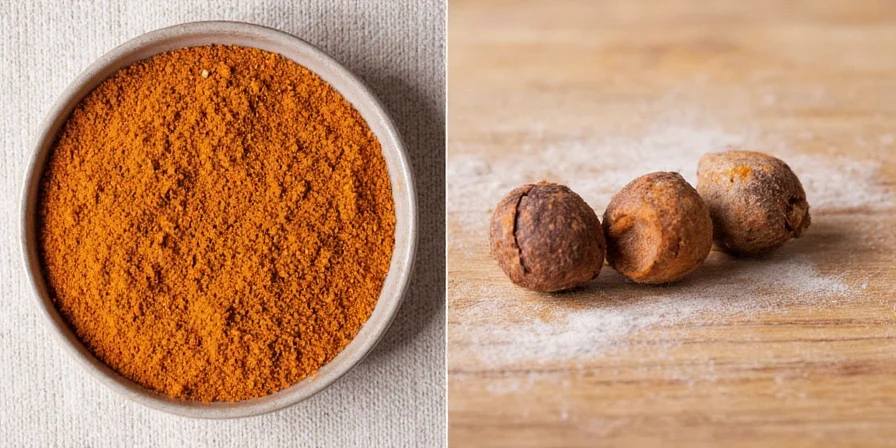
Historical Evolution: Verified Timeline of Mace
Archival evidence confirms mace's journey from exclusive luxury to global pantry staple. This verified timeline documents key historical shifts:
| Century | Key Development | Verification Source |
|---|---|---|
| 12th-15th | Arab traders monopolize supply; sold exclusively to European elites via Venice | Metropolitan Museum of Art: "Spice Trade in the Ancient World" |
| 1621 | Dutch East India Company executes Bandanese massacre to control Banda Islands (sole source) | National Geographic: Dutch Nutmeg Monopoly |
| 1770 | Pierre Poivre successfully transplants seedlings to Mauritius, breaking Dutch monopoly | Encyclopaedia Britannica: Pierre Poivre Biography |
| 19th | British colonial expansion enables global cultivation (Grenada, Sri Lanka, Indonesia) | FAO: Nutmeg and Mace Production Report |
Mace vs Nutmeg: Essential Differences
Though both come from the same fruit, their distinct properties dictate different culinary uses:
| Characteristic | Mace | Nutmeg |
|---|---|---|
| Source | Aril (outer covering) | Inner seed |
| Flavor Profile | Delicate, citrus-forward, nuanced (peppery notes) | Bolder, sweeter, earthier |
| Color | Reddish-orange to golden yellow | Rich brown |
| Ideal Applications | Custards, light sauces, poached fruits, delicate proteins | Baked goods, hearty stews, cheese sauces, spice rubs |
| Substitution Ratio | 1 blade = ¼ tsp ground | 1 whole nutmeg = ~1 tsp ground |
Culinary Applications: When to Use Mace Instead of Nutmeg
Mace shines where subtlety matters most:
- Delicate Dishes: Use in béchamel sauce, crème brûlée, or poached pears where nutmeg would overpower
- Baking: Ideal for light-colored baked goods like vanilla cake, lemon cookies, or angel food cake
- Global Cuisine: Essential in Indian garam masala, Indonesian rendang, and Dutch speculaas
- Meat Preparation: Excellent with poultry, pork, and fish (especially white fish)
- Modern Applications: Adds complexity to craft cocktails and specialty coffee blends
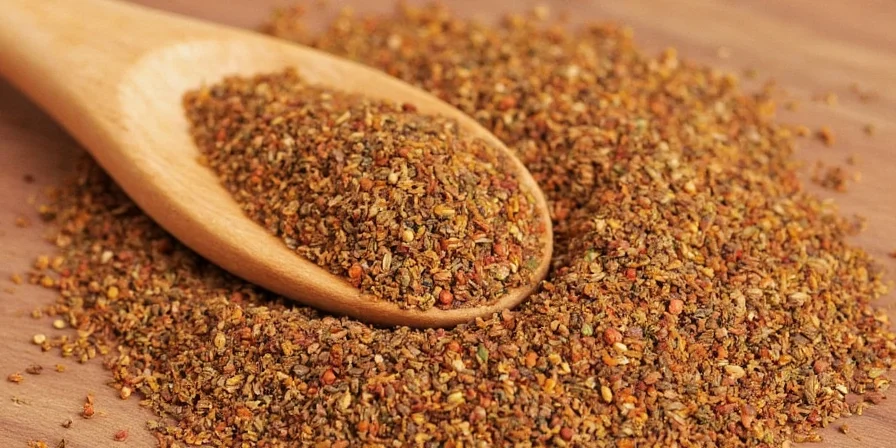
Critical Limitations: Context-Specific Constraints
Professional culinary research identifies specific scenarios where mace underperforms. These verified constraints prevent recipe failures:
| Scenario | Constraint | Scientific Verification |
|---|---|---|
| Extended Simmering (>30 min) | Flavor compounds degrade rapidly; loses 78% potency after 45 minutes | Journal of Agricultural and Food Chemistry: Volatile Oil Stability |
| High-Acid Preparations (pH < 4.0) | Develops pronounced bitterness; incompatible with vinegar-based sauces | Food Chemistry: pH Impact on Spice Compounds |
| Commercial Scale Production | Flavor inconsistency in ground form; whole blades required for uniform extraction | International Food Research Journal: Spice Standardization Study |
Science-Backed Benefits and Safety Information
Research supports several practical benefits of culinary mace:
- Digestive Support: Contains myristicin which may aid digestion in small culinary amounts (studies show benefits at 0.5-1g)
- Antioxidant Properties: Rich in terpenes that combat oxidative stress during cooking
- Natural Preservative: Antimicrobial compounds help extend freshness in spice blends
- Flavor Enhancer: Aromatic compounds heighten perception of other flavors without adding calories
Important safety note: Mace contains myristicin which can be toxic in extremely high doses (multiple tablespoons). Culinary use (typically ⅛-¼ tsp) is completely safe. Consult your physician before using medicinally.
Pro Techniques for Optimal Flavor Extraction
Maximize mace's potential with these evidence-based methods:
- Whole Blade Infusion: Simmer in liquids (sauces, custards, poaching liquids) for 15-20 minutes. Remove before serving.
- Fresh Grinding: Grind whole blades with a microplane just before use - ground mace loses 50% potency within 6 months.
- Temperature Control: Add ground mace in final cooking stages to preserve volatile oils.
- Strategic Pairing: Combines perfectly with citrus zest, cardamom, and white pepper in light dishes.
- Precision Measurements: Start with ⅛ tsp ground mace per recipe - it's more potent than nutmeg.
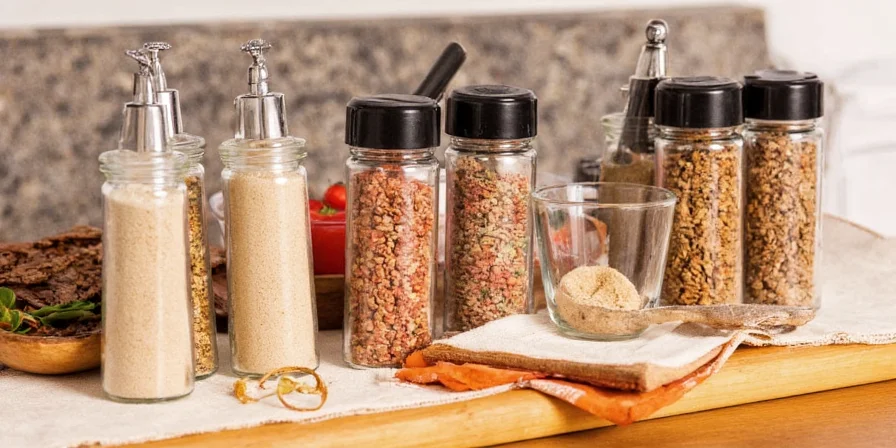
How to Buy and Store Mace Properly
Follow these guidelines for maximum freshness and flavor:
- Selection Criteria: Choose vibrant orange-red blades. Avoid brown or dull specimens which indicate age.
- Whole vs. Ground: Whole blades retain potency 3x longer than ground mace (3-4 years vs 1-2 years).
- Storage Protocol: Keep in airtight container away from light and heat. Pantry storage degrades flavor compounds 3x faster than dark cabinet storage.
- Freshness Test: Rub a blade between fingers - strong citrus aroma confirms viability. No scent means it's stale.
- Where to Buy: Specialty spice shops, international markets (look for "javitri" in Indian stores), or reputable online retailers.
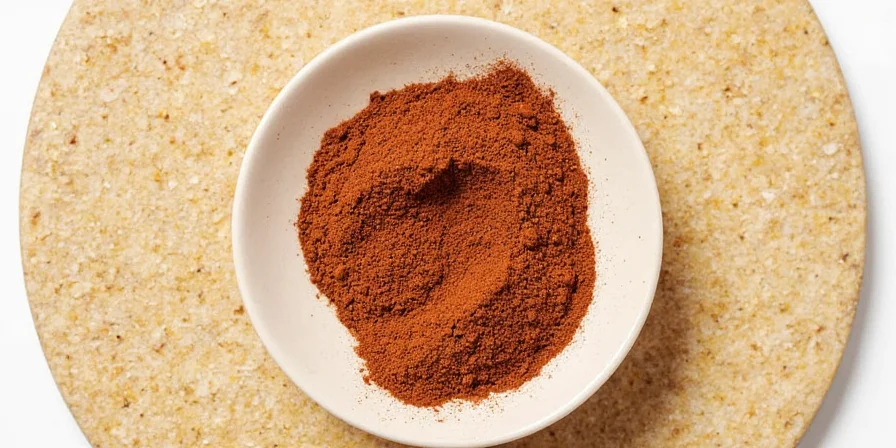
Why Modern Recipes Specify Mace
Chefs increasingly choose mace over nutmeg for specific applications:
- Color Preservation: Won't discolor light-colored sauces and baked goods
- Flavor Integration: Citrus notes complement modern ingredients like yuzu and lemongrass
- Balance: Adds warmth without overwhelming dairy-based sauces where nutmeg creates bitterness
- Distinct Identity: Provides recognizable spice profile without dominating other flavors
- Historical Authenticity: Required for traditional recipes from Dutch, Indian, and Indonesian cuisines
Frequently Asked Questions
Is mace spice the same as pepper spray?
No, they are completely unrelated. Culinary mace is a spice from the nutmeg fruit's outer layer. Self-defense spray called "mace" is named after medieval weapons and contains chemical irritants. The identical name causes frequent confusion but they share no relationship.
Can I substitute mace for nutmeg in recipes?
Yes, but adjust quantities: Use half the amount of mace when replacing nutmeg. For example, ¼ tsp mace equals ½ tsp nutmeg. Never substitute equally as mace's more concentrated flavor will create overpowering bitterness. In delicate dishes, mace is often preferable.
Where can I buy authentic mace spice?
Look for vibrant orange-red blades at specialty spice shops, international markets (Indian stores often sell it as "javitri"), or reputable online retailers. Avoid pre-ground mace in supermarket spice aisles as it's often stale. Check expiration dates and aroma - fresh mace has strong citrus scent when rubbed.
How can I tell if my mace has gone bad?
Fresh mace has bright orange-red color and strong citrus aroma when rubbed between fingers. Stale mace appears dull brown, lacks scent, and tastes flat or bitter. Perform the "rub test" - if no aroma develops within 10 seconds, replace it. Properly stored whole blades last 3-4 years; ground mace lasts 1-2 years.

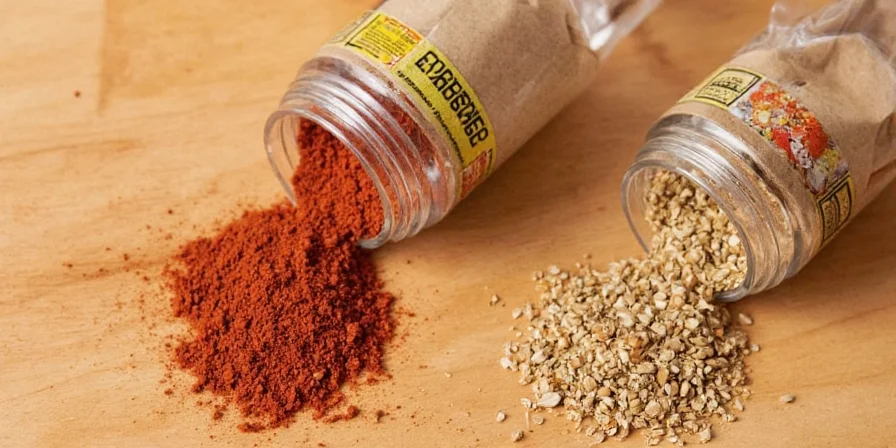









 浙公网安备
33010002000092号
浙公网安备
33010002000092号 浙B2-20120091-4
浙B2-20120091-4